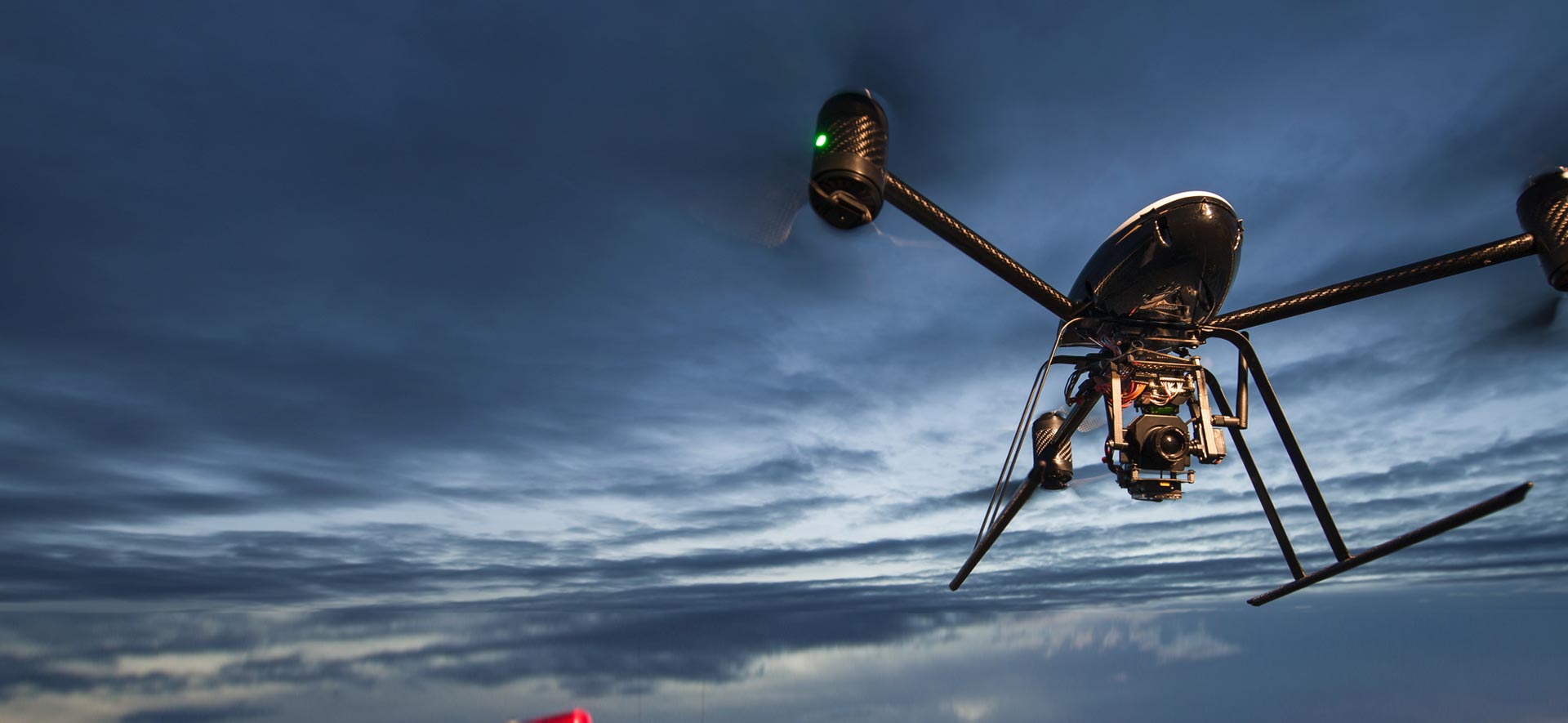In recent times, the construction industry has experienced a seismic move, driven by speedy advancements in technologies. Among the nearly all transformative innovations will be drone surveying, the practice that is definitely reshaping how jobs are planned, executed, and managed. Because construction stakeholders try for greater effectiveness, accuracy, and cost-effectiveness, drones have come about as an essential tool that enhances every phase regarding construction, from primary site assessments in order to final inspections.
The benefits of using drones for surveying are profound. They not simply provide precise info but also assist in real-time decision-making, eventually bringing about better project outcomes. In this specific article, we can explore how drone surveying is reforming the development industry, detailing its applications, technologies, and the ways this can save moment and money upon projects. Whether a person are a seasoned professional or some sort of newcomer for the field, understanding the impact of drones upon construction will equip you with valuable insights into the particular future of the speedily evolving sector.
Great things about Drone Surveying
Drone surveying offers significant advantages above traditional surveying procedures, making it an attractive choice for several construction projects. One of the principal benefits is the particular increased efficiency these kinds of devices bring in order to the surveying process. Drones can protect large areas in a fraction of the time it would require an inspector on foot, resulting in faster data selection and analysis. This kind of time-saving aspect is crucial in the fast-paced construction industry, in which project timelines are generally often tight.
As well as traffic up the surveying process, drones improve the accuracy and precision of measurements. Built with advanced sensors and imaging technology, drones can capture high-resolution images and produce precise topographic maps. This level associated with detail allows design professionals to help make informed decisions dependent on accurate info, reducing errors that may lead to costly delays or rework on projects.
Moreover, drone surveying is budget-friendly. By minimizing index for substantial manpower and cutting down the time needed for site examination, companies can save on labor costs and allocate resources more efficiently. As drone technology continues in order to advance and turn into more accessible, construction firms can influence these savings to enhance their bottom series while improving the particular overall quality associated with their projects.
Applications in Construction and Farming
Drone surveying is quickly becoming a game-changer inside the construction sector. By utilizing drones with regard to site surveys, building teams can get high-resolution images in addition to gather accurate topographical data in the fraction of typically the time compared to traditional methods. This kind of not only simplifies the look and design processes but also ensures that projects start on time and stay within budget. The ability to execute regular aerial examinations throughout the structure phase allows regarding real-time monitoring associated with progress and assists to identify probable issues before they escalate, thereby improving overall project supervision.
Within agriculture, drone surveying is proving being equally transformative. Growers can leverage drone technology for finely-detailed agriculture, enabling these to monitor crop well being, assess field issues, and optimize resource use such since water and fertilizers. By analyzing high data, farmers can easily identify areas that require attention, permitting for targeted surgery that improve give and reduce waste. This integration associated with drone surveying technologies in agriculture certainly not only increases output but also stimulates sustainable farming techniques.
The particular synergy between the construction and farming industries is further enhanced through shared applications of drone surveying. Both sectors benefit from advanced files analysis, which can supply valuable insights straight into land use planning and resource administration. With the rising importance of environment monitoring, drones furthermore play a vital role in evaluating land changes more than time, helping the two industries adapt to be able to regulations and improve their environmental effect. As drone technologies continues to develop, its applications in construction and culture are likely to expand, paving typically the way for a lot more innovative solutions.

Future Tendencies and Considerations
As drone technology continues to be able to evolve, the construction business is likely to be able to see significant advancements within the capabilities of drone surveying. One particular of the many exciting trends will be the integration of artificial intelligence and machine learning straight into drone systems. These technologies will boost real-time data control and analysis, letting construction professionals to be able to make informed selections quickly. Automated files interpretation will streamline workflows, reducing the time spent on info analysis and growing the entire efficiency involving surveying tasks.
Moreover, the demand for much more precise and high-resolution imaging will drive enhancements in drone equipment. Future drones are generally expected to combine advanced sensors in addition to imaging technology, such as LiDAR and even thermal imaging, delivering unparalleled detail plus insights. As being the precision and capabilities involving drone surveying resources improve, their applications will expand further than initial surveying tasks to include continuous monitoring and analysis throughout a project's lifecycle. This comprehensive approach will permit construction teams to be able to address potential issues proactively, ultimately primary to safer plus more sustainable construction procedures.
Eventually, regulatory considerations may play a crucial part in shaping the future of drone surveying. As a lot more companies adopt drone technology, regulatory body will need to establish more clear guidelines and requirements for his or her use, specifically in urban surroundings and sensitive places. Additionally, organizations might have to emphasis on training employees to navigate these regulations effectively whilst maximizing the benefits of drone surveying. By putting first compliance and safety, the construction market can fully accept drone technology, ensuring that its integration causes positive outcomes for many stakeholders involved.
